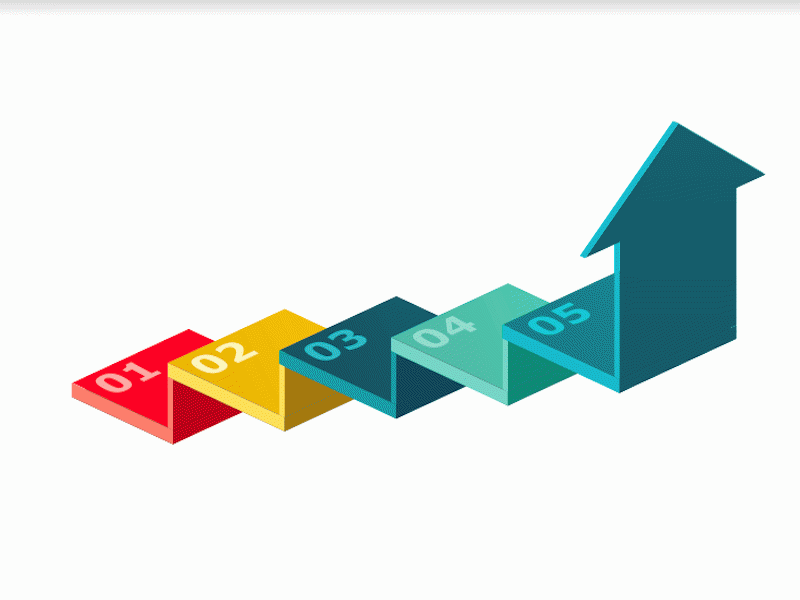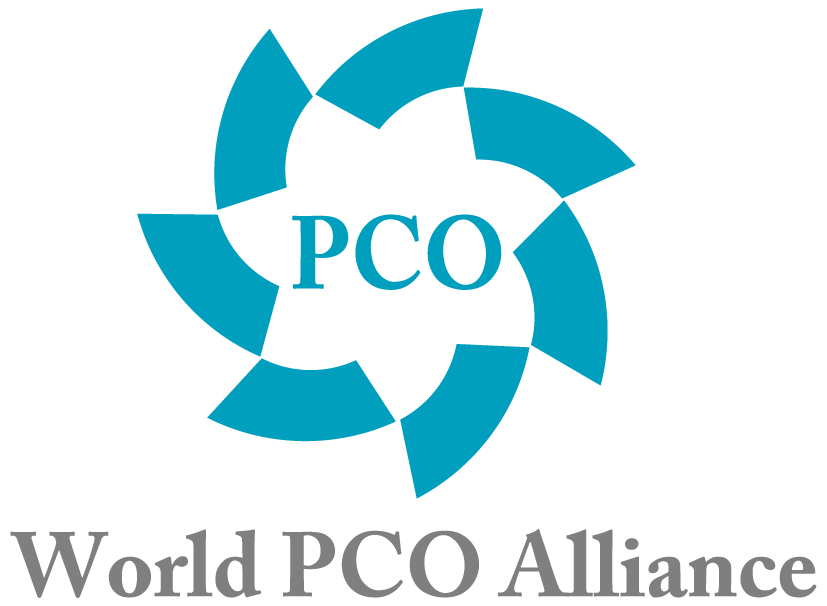Five Practices for an Association’s Lasting Success

Associations face many challenges, including establishing solid processes and systems, embracing technology, and incorporating a younger demographic. These five tips are here to help.
Many of these issues, however, are tied into a bigger and more important question: how can an association have the sustainability to withstand the tests of time and emerge from any change even stronger? In other words: how can an association ensure not only that its mission remains relevant but that the organisation’s leadership is informed enough to vigilantly negotiate any changes (and changes are guaranteed!) the organisation faces?
Sustainability of any organisation depends on its leadership accepting the following five key responsibilities:
- The duty of service;
- The duty of foresight;
- The duty of data;
- The duty of action;
- The duty of community.
The duty of Service
No organisation could survive without members. Before determining how to best serve them, however, an association should examine its mission statement. Is the statement clear? Are the objectives attainable? Are the organisation’s products and services aligned with its mission? Is the mission still relevant? A regular review of the organisation’s vision and mission statements and the key strategic goals is a critical exercise in ensuring an association remains sustainable.
The duty of Foresight
In addition to keeping an eye on the present, an organisation’s board must look ahead—not only at possible challenges but also at the changes occurring in the field that they represent. What are the trends among that industry and those professionals? How can the association respond to or incorporate these trends into its mission statement, products, services, general practices and processes?
The duty of Data
It’s imperative that an association measure its performance. There are a number of excellent tools to accomplish this: annual membership surveys, focus groups, interviews, needs assessments, evaluations of all programs and services. These are all excellent opportunities to accurately assess how well an association is fulfilling its mission and serving its members. A sustainable association is eager to receive feedback and has a system in place for analysing the data to draw appropriate conclusions.
The duty of Action
While trackable and measurable data is important, it’s only valuable if it is leveraged. Associations must be willing to take into consideration the data they receive in order to make any necessary adjustments. They also need enough clarity to know when not to react just for the sake of reacting.
The duty of Community
No association can thrive in a bubble. They must rather actively seek to build alliances with other associations and activities that reflect their own mission and objectives. Association leadership must also do their part in maintaining these relationships. Organisations that partner with others do better. Why? Because by collaborating (instead of going alone), they have figured out how to accomplish their objectives more effectively, faster and cheaper.
Ensuring an association’s lasting success is a challenge with many complex layers. In adopting the five above-mentioned practices, organisations can equip their leadership and culture with an astute and proactive approach that secures their future.

For more info:
WPCOALLIANCE@CONGRE.CO.JP
WORLDPCO.ORG
Article included in our May issue of Headquarters Magazine (#94).
Other Articles
About Us
Supported by the Union of International Associations (UIA), the International Association of Professional Congress Organisers (IAPCO) and the Interel Group, the global public affairs and association management consultancy, Headquarters Magazines serve the needs of international associations organising worldwide congresses.















